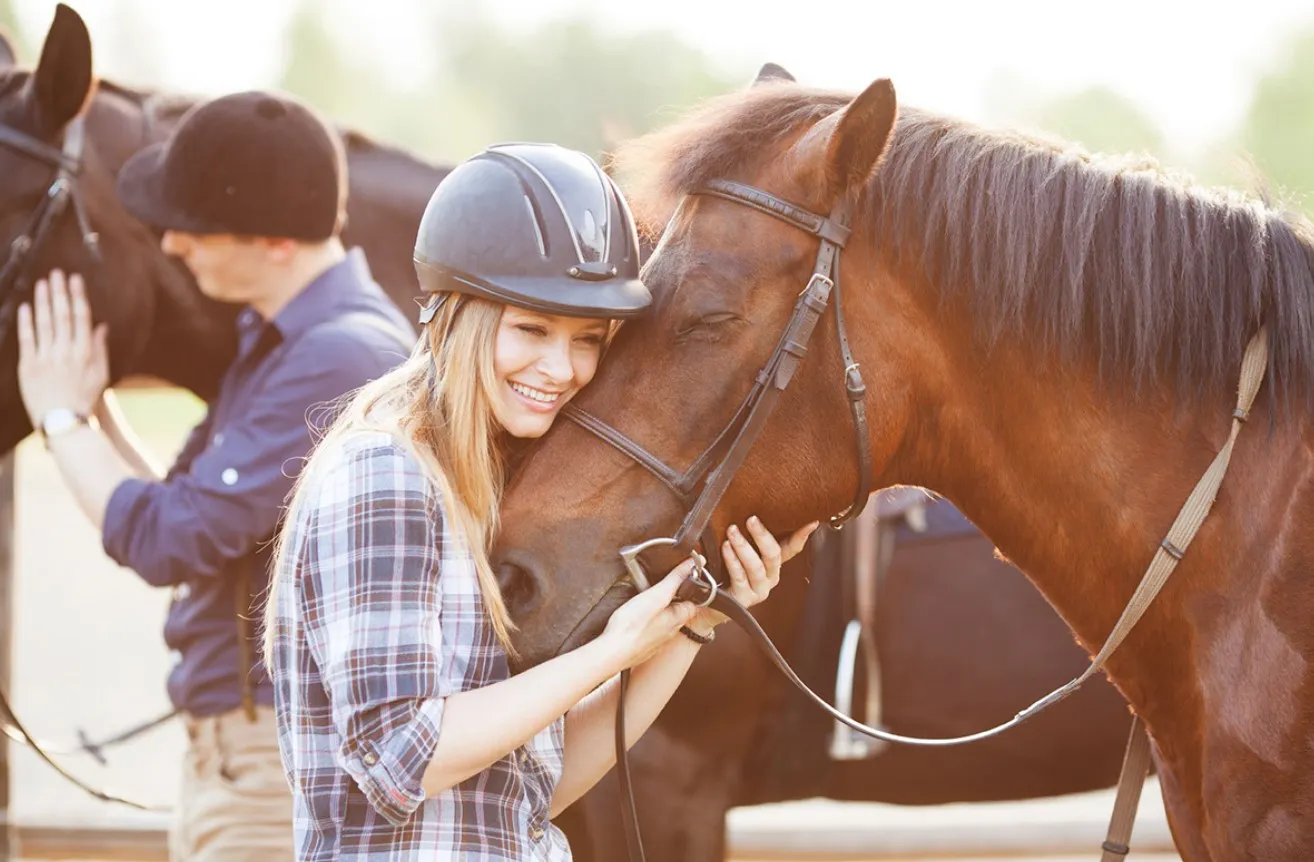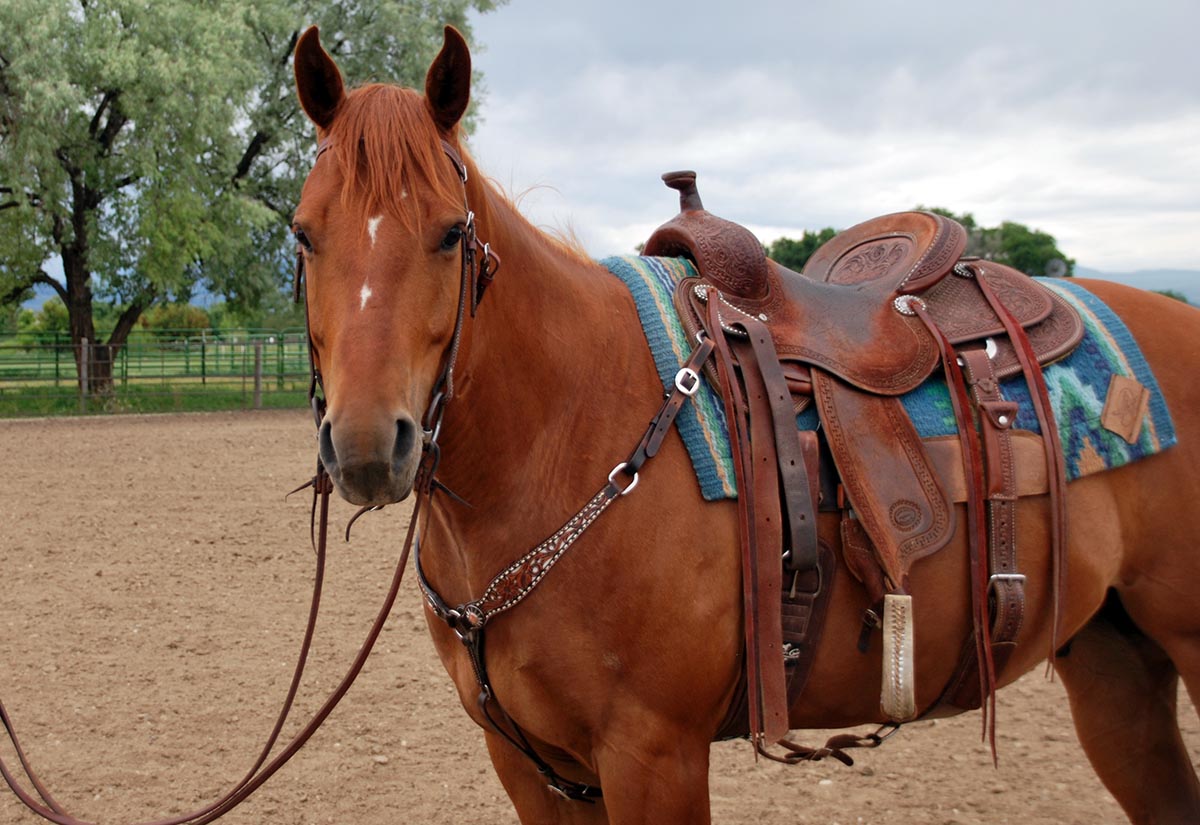Horse lunging techniques are essential for any equestrian looking to improve their horse’s fitness, obedience, and overall performance. Whether you’re a seasoned horse trainer or just getting started, mastering these techniques can greatly enhance your horse’s training regime. Lunging helps in building trust, establishing communication, and preparing the horse for more advanced exercises. In this article, we’ll delve into the various aspects of lunging, exploring the benefits and methods involved in this essential training practice.

Understanding the Basics of Lunging
Lunging involves having the horse move in a circle around the trainer at the end of a lunge line. This practice helps in establishing control and communication between the horse and the trainer. It is a foundational technique used extensively in horse training.
The Importance of Lunging
Lunging serves multiple purposes. It is not just a warm-up exercise, but also a vital training tool. It aids in improving the horse’s balance, rhythm, and coordination. Additionally, lunging is an excellent way to develop muscle tone without the added weight of a rider.
Proper Equipment for Lunging
To successfully lunge a horse, the right equipment is necessary. This includes a lunge line, lunge whip, and appropriate headgear. The lunge line should be long enough to allow the horse to move freely in a circle. A lunge whip is used to guide and encourage the horse’s movement.
Step-by-Step Lunging Techniques
Preparing the Horse for Lunging
Before beginning the lunging session, ensure that the horse is calm and attentive. It’s crucial to check the equipment for safety and fit. Start by walking the horse around the circle to introduce them to the lunging area.
Establishing a Connection
Building a connection with the horse is key for effective lunging. Use voice commands and body language to communicate with the horse. This helps in gaining the horse’s trust and attention, making the training session more productive.
Executing the Lunging Session
Begin the lunging session by gently sending the horse out onto the circle. Use the lunge whip to guide the horse’s direction and pace. Encourage the horse to maintain a steady pace, using voice commands such as ‘walk’, ‘trot’, and ‘canter’.
Advanced Lunging Techniques
Incorporating Transitions
Transitions are crucial in lunging as they help the horse learn to respond to cues promptly. Practice changing the horse’s pace from walk to trot, or trot to canter, and vice versa. This enhances the horse’s responsiveness and agility.
Using Poles and Obstacles
Introduce poles and obstacles to the lunging circle to challenge the horse’s coordination and focus. This adds variety to the lunging session and helps in developing the horse’s problem-solving skills.
Common Mistakes in Lunging
While lunging is a beneficial exercise, it’s important to avoid common mistakes that can hinder progress. Ensure that the circle is not too small, as this can strain the horse’s joints. Additionally, avoid overworking the horse; sessions should be kept short and effective.
Benefits of Regular Lunging
Regular lunging sessions can vastly improve a horse’s physical and mental state. It enhances their fitness level, improves obedience, and strengthens the bond between horse and trainer. Lunging is also a great way to assess the horse’s gait and identify any potential issues early on.
For more detailed guidance on horse training, visit this guide on starting a horse under saddle.

FAQs on Horse Lunging Techniques
What is the ideal surface for lunging a horse?
The ideal surface for lunging is flat and non-slippery, such as sand or grass, which provides good traction and minimizes the risk of injury.
How long should a lunging session last?
A typical lunging session should last between 20 to 30 minutes, including warm-up and cool-down periods, to prevent fatigue and maintain the horse’s interest.
Can lunging replace riding?
While lunging is an excellent supplement to riding, it cannot replace the benefits of riding. Both practices offer unique benefits and should be integrated into a comprehensive training routine.
For more insights on horse training, check out horse discipline training and basic horse commands.
By incorporating horse lunging techniques into your training routine, you can ensure a well-rounded and effective training program for your horse. For more information on enhancing your equestrian skills, visit horse groundwork exercises and horse riding training guide.
This article contains affiliate links. We may earn a commission at no extra cost to you.






